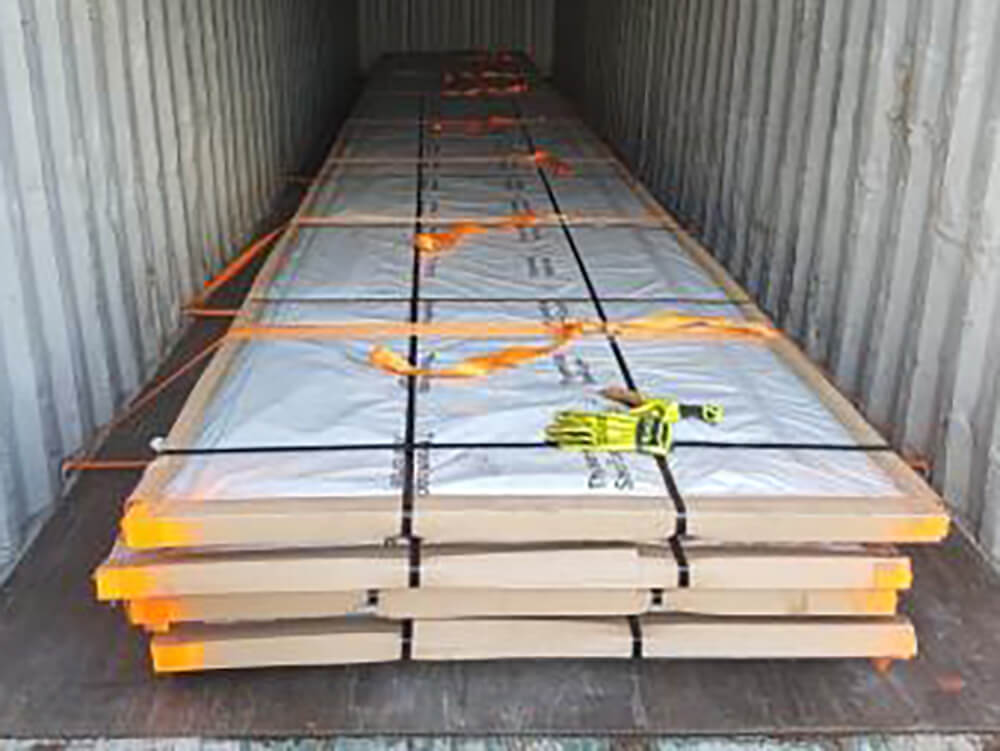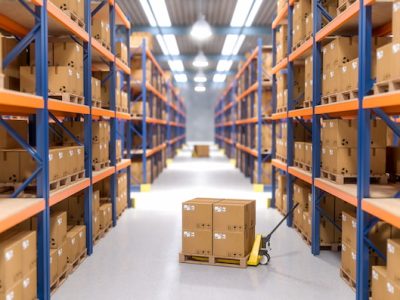Ensuring the goods you are shipping arrive at their destination in good repair is vital to your success. Filling a shipping container may sound simple, but packing it safely to maximise space and prevent product damage while ensuring compliance with the shipping standards can be a tall order. However, when you understand the intricacies of packing a shipping container, you will see why it is necessary to be aware of the process of how to pack a shipping container.
Why Proper Packing Matters for Shipping Containers
Ensuring shipping containers are correctly packed matters for several reasons, including,
-
Avoiding Damage to Goods
Products arriving in excellent condition are essential for your business. Your recipients are satisfied, and the foundation for long-term business relationships is in place.
-
Maximising Space and Reducing Costs
Making sure that space is not wasted helps to reduce costs when shipping goods.
-
Ensuring Safe Transportation and Compliance
Adhering to all local, state, national, and international statutes for how to pack a container for moving safety is essential to avoid dangerous situations and legal repercussions.
Tip #1: Plan Ahead and Create a Packing List
A packing list will help you stay organised and efficient.
-
Organising Items by Weight and Fragility
Keep track of the heaviest or most fragile products, and pack the heaviest first. This will avoid crushing delicate items and ensure the safe arrival of all goods.
-
Pre-labelling and Categorising for Easy Unloading
Once your products reach the destination, they will be much easier to unpack and process if divided by category and labelled.
Tip #2: Use the Right Packing Materials
Your products deserve well-made packing materials to ensure safe transit.
-
Importance of High-Quality Boxes, Padding, and Straps
You create your goods using quality components. To get them safely to their destination, you must use top-of-the-line materials. Cutting corners here could result in damaged products and a damaged reputation.
-
Protective Wrapping for Fragile Items
Incredibly fragile goods need extra care when packing. Cover smaller items carefully in layers of bubble wrap and fasten them well. Special sheets of padding or blankets help cushion goods and also fill in empty spaces,
Tip #3: Distribute Weight Evenly Across the Container
Carefully place products in shipping containers to ensure the weight is evenly distributed.
-
Loading Heavier Items First
Place heavier goods into your container before other items to make unpacking easier. This will build a solid base capable of holding other products.
-
Balancing the Weight for Stability During Transport
Maintaining balance during shipping is vital as it prevents unexpected movement that could damage goods or possibly injure those unpacking the container.
Tip #4: Pack Heavier Items at the Bottom
-
Preventing Damage to Lighter or Fragile Items
Delicate goods need extra care to ensure they arrive at the destination without damage. Use layers of cushioning materials like bubble wrap to protect them. Also avoid empty spaces that can lead to shifting and damage.
-
Securing Bulky Items Properly
Large but difficult-to-pack goods must be secured to prevent shifting and damage. Straps are helpful to keep large, bulky items in place as well.
Tip #5: Fill Gaps to Prevent Shifting
Gaps in your shipping containers increase the chance of damage by allowing items to shift.
-
Using Void Fillers or Blankets to Secure Items
Numerous types of void fillers are incredibly light yet fill gaps very well. Blankets offer similar protection to your items and are a good choice for large products.
-
Avoiding Empty Spaces That Can Cause Movement
No matter which type of space filler you use, it is crucial to eliminate any empty space from your shipping container.
Tip #6: Stack Items Strategically
One of the best ways to use space efficiently is to stack the items inside the container.
-
Layering Boxes to Maximise Vertical Space
We often see wasted space in containers because items are not stacked in layers to take advantage of all the available space. It takes little effort to arrange boxes this way.
-
Properly Aligning and Securing Stacks to Prevent Collapse
It is worth mentioning that the stacks’ safety must be secured so there will be no movement or collapse while in transit.
Tip #7: Keep Essential Items Accessible
Wherever the destination, you have a reasonable chance of needing things you cannot access.
-
Items Needed at Destination Should Be Packed Last
Whatever items you or your staff may need, the best way to ensure you can find your supplies is to add them to the container when you are about to close it.
-
Marking Boxes for Quick Identification
Sorting a shipment of poorly labelled containers is time-consuming. It is also unnecessary when you label them right away.
Tip #8: Use Tie-Down Straps and Corner Protectors
A few essential items will make a significant difference when it comes to the safety of your products.
-
Securing Items to Avoid Movement During Transit
Tie-down straps are functional and effectively deter movement for items in transit. We recommend using corner protectors if these areas come in contact with the tie-downs.
-
Protecting the Edges of Fragile Items
Much like corner protectors, edge protectors prevent damage to delicate items. Use these to ensure your items arrive in excellent condition.
Tip #9: Consider the Container’s Climate
Even the most securely packed container is susceptible to changes in climate, especially when travelling significant distances.
-
Protecting Goods from Extreme Temperatures
Using insulated containers with good ventilation helps ensure goods are safe during travel.
-
Using Climate-Controlled Containers for Sensitive Items
Opting for refrigerated containers with sensor monitoring is an excellent way to maintain temperatures.
Tip #10: Follow Safety Guidelines and Regulations
Western Australia enforces a number of safety regulations regarding how to pack a shipping container and label goods coming into, moving within, and leaving the state.
-
Understanding Legal Requirements for Shipping
Containers used for international or interstate transport must adhere to safety standards that include:
-
- Proper maintenance
- Examination
- Marking of containers
-
Proper Labelling and Hazardous Materials Considerations
There are several standards that apply to the correct labelling of containers holding hazardous materials. These include,
-
- Product identifying labels
- Hazard class labels
- Precautionary Statements
- Signal words
- Pictograms
- Manufacturer information, including name, address, and telephone number of the responsible party
Conclusion: Expert Help for Efficient Packing
You know careful and well-planned packing is vital to retain clients and maintain your excellent reputation. However, you may not always have the necessary staff or the time to devote to safe and swift packing. Properly packing a shipping container can be challenging. However, when you work with experts who know how to pack a container for shipping, you can rest assured the goods you are shipping are safe and secure.
At Bossna Logistics, we offer professional packing and logistics services to ensure your goods arrive safely and efficiently. Contact us today and see how Bossna Logistics can help you with all your container unpacking and packing services.








